How Long Does a LED Light Bulb Last? A Comprehensive Guide to LED Lifespan

When it comes to lighting, LED bulbs have become increasingly popular in recent years. Not only are they energy efficient, but they also have a longer lifespan than traditional incandescent bulbs. But just how long can you expect an LED bulb to last? In this comprehensive guide, we’ll explore the factors that affect LED lifespan and provide you with all the information you need to make an informed decision about which LED bulb to choose for your home or business. LED bulbs are a type of solid-state lighting that uses a semiconductor to convert electricity into light. Unlike traditional incandescent bulbs, which produce light by heating a filament, LEDs produce light through a process called electroluminescence. This process is much more efficient than heating a filament, which is why LED bulbs use less energy and last longer. In fact, LED bulbs can last up to 25 times longer than traditional incandescent bulbs, which is why they are becoming increasingly popular in homes and businesses around the world.
LED technology stands for Light Emitting Diode, which is a semiconductor device that emits light when an electric current is passed through it. Unlike traditional incandescent bulbs, which produce light by heating a filament, LED bulbs generate light through the movement of electrons in a semiconductor material. This results in a more efficient and longer-lasting light source, with LED bulbs lasting up to 25 times longer than traditional bulbs. LED technology has revolutionized the lighting industry, offering a range of colors, brightness levels, and energy-saving benefits. With its durability and versatility, LED technology is quickly becoming the go-to choice for lighting solutions in homes, businesses, and public spaces.
The lifespan of an LED light bulb is a crucial factor that determines its overall value and efficiency. It is essential to understand the importance of LED lifespan as it plays a significant role in reducing costs and energy consumption. The longer an LED bulb lasts, the less frequent the replacement required, ultimately leading to a lower carbon footprint. Additionally, LED bulbs’ longevity reduces maintenance costs and increases productivity, making them an ideal choice for both residential and commercial settings. Therefore, choosing an LED bulb with a long lifespan not only saves money but also helps in preserving the environment by reducing waste and energy usage.
Factors Affecting LED Lifespan
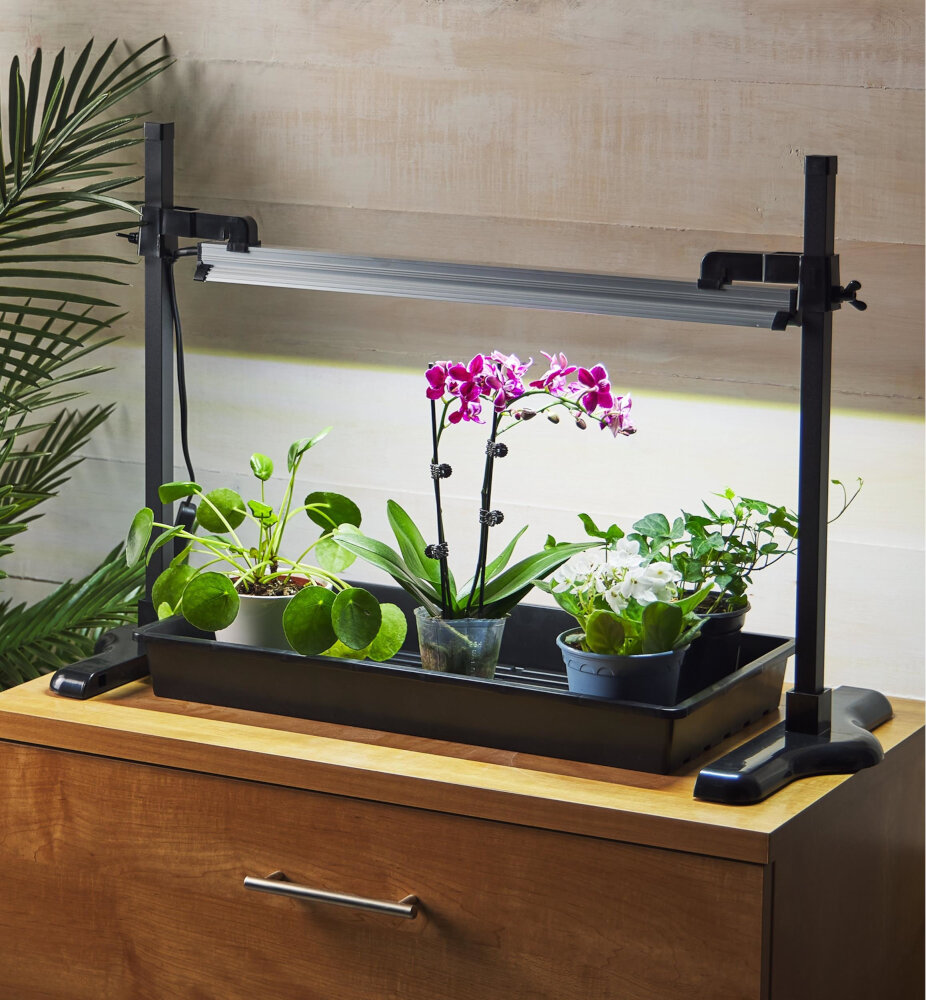
LED (Light Emitting Diode) technology has revolutionized the lighting industry with its energy efficiency, environmental friendliness and long lifespan. However, the lifespan of an LED bulb can be affected by several factors. Firstly, the quality of the LED chip and its packaging can have a significant impact on its longevity. Low-quality chips or poor packaging can cause the bulb to overheat, leading to premature failure. Therefore, it is essential to choose LED bulbs from reputable manufacturers who use high-quality materials in their production process. Secondly, the operating conditions of the LED bulb can also affect its lifespan. LED bulbs are designed to operate within a specific range of temperatures, and exposure to temperatures outside this range can shorten their lifespan. Similarly, exposure to humidity, dust, and other environmental factors can also affect the performance of an LED bulb. Therefore, it is vital to ensure that the LED bulb is installed in a suitable location and maintained regularly to ensure optimal operating conditions. By considering these factors, you can maximize the lifespan of your LED bulbs and enjoy their benefits for years to come.
The quality of components used in LED light bulbs plays a crucial role in determining their lifespan. High-quality LED chips, drivers, and heat sinks are essential for ensuring that the bulb functions optimally and lasts for a long time. The LED chips, which are responsible for producing light, should be made from high-quality materials and have a low failure rate. The driver, which regulates the voltage and current supplied to the LED, should be efficient and reliable. A good heat sink is also important for dissipating heat and preventing the LED from overheating. If the components are of poor quality, the LED bulb may fail prematurely, resulting in a shorter lifespan than advertised. Therefore, it is important to choose LED bulbs from reputable manufacturers who use high-quality components in their products.
Operating temperature is a crucial factor that can affect the lifespan of LED light bulbs. LED lights operate best at cooler temperatures, and higher temperatures can cause the bulb to degrade more quickly. The optimal operating temperature for LED lights is typically between 25°C and 35°C. However, some LED bulbs can operate at temperatures up to 50°C. It is important to ensure that LED bulbs are used in environments with appropriate temperatures to maximize their lifespan. In addition, LED bulbs that are used in enclosed fixtures or in areas with poor ventilation can also be subject to higher temperatures, which can shorten their lifespan. Therefore, it is recommended to choose LED bulbs that are designed for the specific operating environment to ensure their longevity.
Usage patterns play a significant role in determining the lifespan of LED light bulbs. Operating an LED bulb for extended periods or leaving it on for long hours can significantly reduce its lifespan. Similarly, frequent switching on and off of LED bulbs can also impact their longevity. Moreover, the frequency of voltage fluctuations and the quality of electrical circuits can also affect the lifespan of LED bulbs. Therefore, it is crucial to understand the usage pattern of LED bulbs and ensure that they are operated in a manner that maximizes their lifespan. By doing so, users can enjoy the benefits of LED bulbs for a more extended period and reduce the need for frequent replacements.
When it comes to the lifespan of LED light bulbs, environmental factors play a crucial role. Factors such as temperature, humidity, and voltage fluctuations can affect the performance and longevity of LED bulbs. LED bulbs are sensitive to heat, and high temperatures can cause them to degrade faster, reducing their lifespan. Similarly, high humidity levels can lead to corrosion and damage to the bulb’s electrical components, affecting its performance. Voltage fluctuations can also cause stress on the bulb’s circuitry, leading to premature failure. Therefore, it is essential to consider these environmental factors when choosing and installing LED bulbs to ensure optimal performance and longevity.
Understanding LED Lifespan Ratings
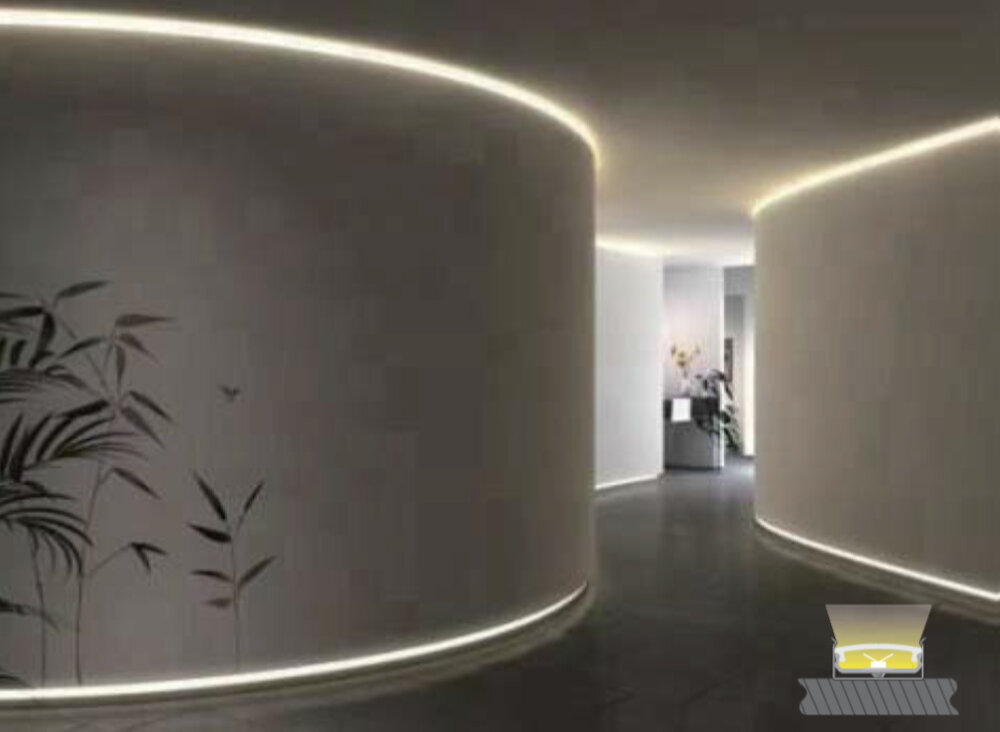
LED lifespan ratings are an essential aspect to consider when purchasing a LED light bulb. A lifespan rating refers to how long the LED bulb is expected to last under normal operating conditions. The rating is usually measured in hours and can range from 15,000 hours to 50,000 hours or more. The lifespan rating is an indication of the durability of the bulb and how often it will need to be replaced. The higher the lifespan rating, the longer the LED bulb is likely to last. However, it’s important to note that lifespan ratings are not a guarantee of how long a LED bulb will last. Factors such as the quality of the LED chip, the design of the bulb, and the operating conditions can all impact the actual lifespan of the bulb. For example, a poorly designed LED bulb with a high lifespan rating may still fail prematurely if it’s exposed to high temperatures or if the LED chip is of poor quality. Therefore, it’s important to choose a reputable brand and to follow the manufacturer’s guidelines for installation and use to ensure that the LED bulb lasts as long as possible.
LED light bulbs have revolutionized the lighting industry with their energy efficiency, durability, and long lifespan. To measure the longevity of LED bulbs, manufacturers use a rating system called L70, L80, and L90. The L70 rating indicates the number of hours a bulb can operate before its brightness level drops to 70% of its initial output. Similarly, the L80 and L90 ratings indicate the number of hours a bulb can operate before its brightness level drops to 80% and 90%, respectively. These ratings give consumers an idea of how long they can expect their LED bulbs to last and help them make informed decisions when purchasing bulbs for their homes or businesses.
Interpreting lifespan ratings of LED light bulbs is crucial to determine their longevity and efficiency. Typically, LED bulbs have a lifespan rating measured in hours. This rating is an estimation of the number of hours that the bulb will last before dimming to 70% of its original brightness. For instance, an LED bulb with a lifespan rating of 25,000 hours will last for approximately 25,000 hours of use. However, this lifespan rating is an estimation, and various factors can affect the actual lifespan of the bulb, such as the operating temperature, humidity, and voltage fluctuations. Therefore, it is essential to consider these factors when interpreting the lifespan rating and use them as a guide to choose the most suitable LED bulb for your needs.
Maximizing LED Lifespan
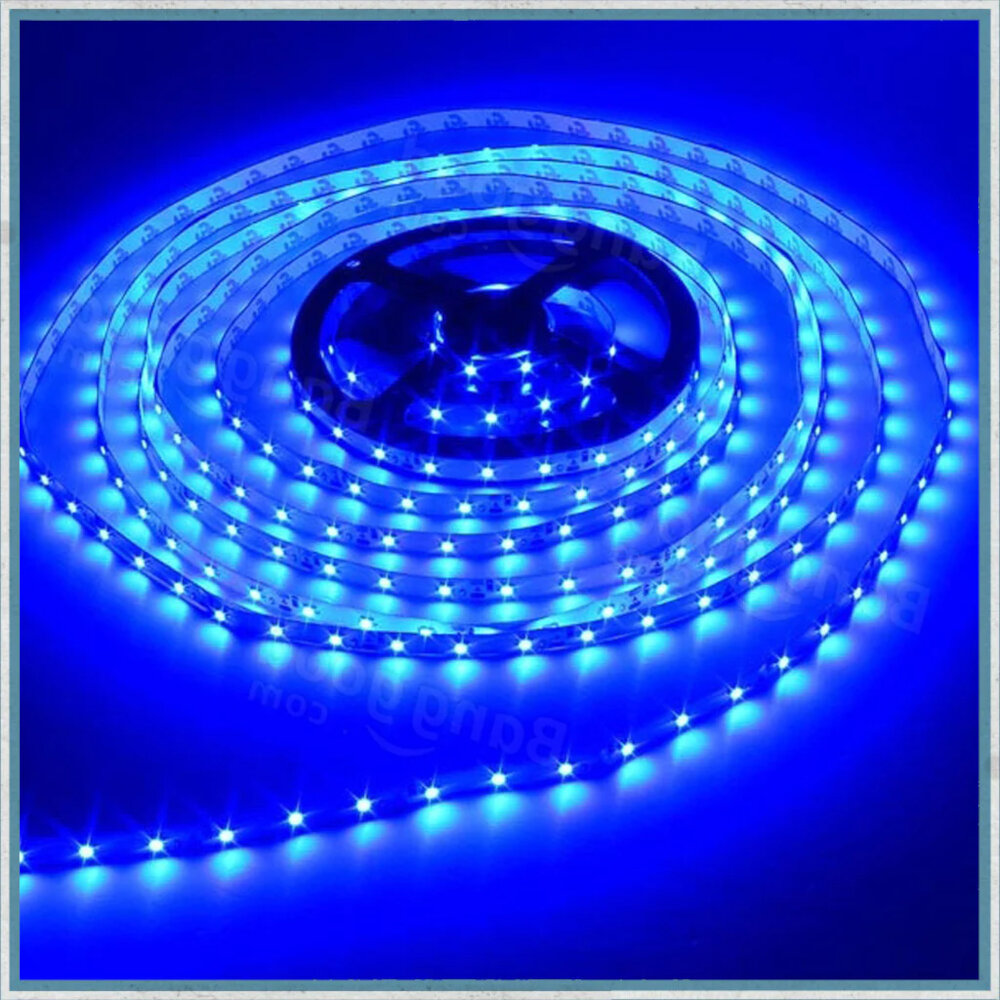
Maximizing LED lifespan is crucial if you want to get the most out of your LED lighting investment. There are several factors that can affect the longevity of your LED bulbs, including heat, voltage, and humidity. One of the most important things you can do to increase your LED lifespan is to choose high-quality bulbs from reputable manufacturers. These bulbs are made with high-quality materials and designed to withstand the rigors of everyday use. Additionally, it is important to use the right type of bulb for the right application. For example, if you are using LED bulbs in an outdoor environment, you may need to choose a bulb that is specifically designed to withstand the elements. Another important factor in maximizing LED lifespan is proper installation and maintenance. LED bulbs should be installed in a way that allows for proper ventilation and heat dissipation. If your bulbs are installed in a way that traps heat, it can significantly reduce their lifespan. It is also important to keep your LED bulbs clean and free of dust and debris, as this can also affect their performance and longevity. Regular maintenance, such as cleaning and inspection, can help ensure that your LED bulbs are functioning at their best and can help you avoid costly replacements. By following these tips and taking care of your LED bulbs, you can maximize their lifespan and get the most out of your investment.
Proper installation and usage are crucial factors that can affect the lifespan of LED light bulbs. When installing LED bulbs, it is important to ensure that they are compatible with the fixture and that they are installed correctly. This includes ensuring that the wattage and voltage of the bulb match the fixture’s requirements and that the bulb is securely screwed in place. In terms of usage, LED bulbs should be used in a manner that is appropriate for their intended purpose. For example, if the LED bulb is designed for indoor use only, it should not be used outdoors or in environments where it may be exposed to excessive heat or moisture. Additionally, LED bulbs should not be subjected to frequent on/off cycles, as this can shorten their lifespan. By following these guidelines, LED light bulbs can provide many years of efficient and reliable lighting.
Regular maintenance and cleaning are essential for extending the lifespan of LED light bulbs. Dust and debris can accumulate on the surface of the bulb, which can reduce the overall brightness and efficiency of the bulb. Therefore, it is important to regularly clean the bulbs using a soft cloth or microfiber cloth to prevent the accumulation of dust and debris. Additionally, inspecting the bulbs periodically for any signs of damage or wear can help identify any issues early on, allowing for prompt repairs or replacements. By taking the time to maintain and clean LED light bulbs, you can ensure that they continue to provide reliable and energy-efficient lighting for years to come.
Upgrading to newer technology can be a daunting task, but when it comes to LED light bulbs, it is a wise investment. LED bulbs have a longer lifespan than traditional incandescent bulbs, reducing the need for frequent replacements and lowering long-term costs. Additionally, LED bulbs are more energy-efficient, requiring less power to produce the same amount of light. This not only saves money on electricity bills but also reduces carbon footprint. In the long run, upgrading to LED technology can provide cost savings, energy efficiency, and environmental benefits.
Common LED Lifespan Myths
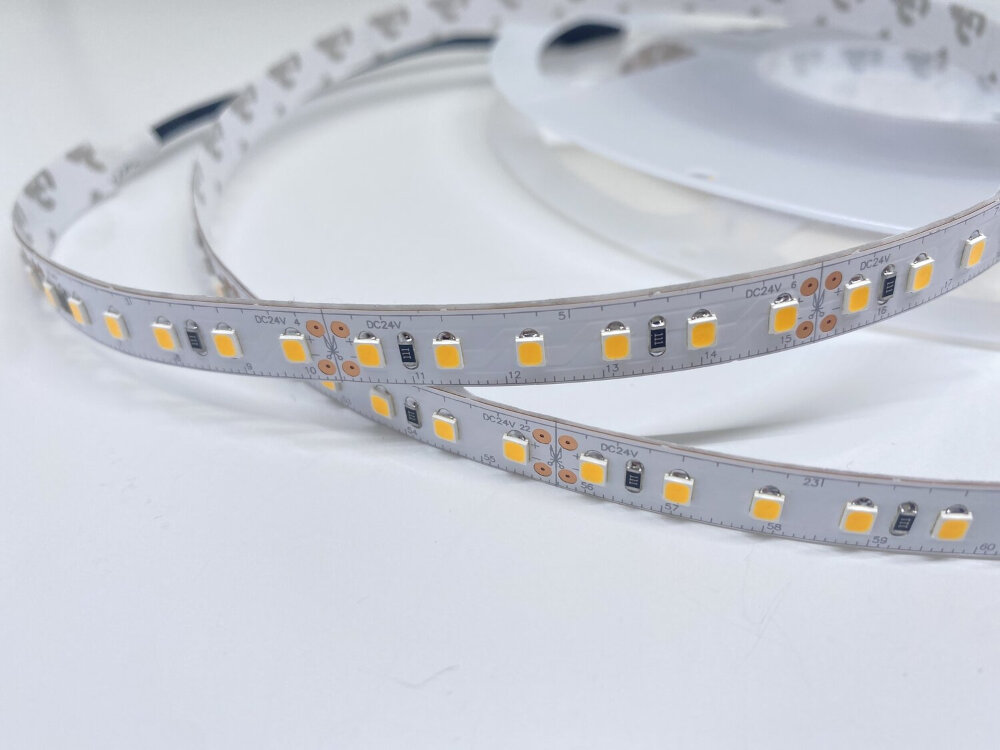
There are several myths surrounding the lifespan of LED light bulbs that have been circulating for years. One of the most common myths is that LED bulbs last forever. While it is true that LED bulbs have a longer lifespan compared to traditional incandescent bulbs, they do not last forever. The lifespan of an LED bulb is determined by several factors, including the quality of the materials used, the manufacturing process, and the operating conditions. Another common myth about LED bulbs is that they lose their brightness over time. While it is true that LED bulbs can become less bright over time, it is not because of the bulb itself. LED bulbs are designed to maintain their brightness for a long time, but external factors can affect their performance. For example, if an LED bulb is installed in a location where it is exposed to high levels of heat, it may become less efficient over time. Similarly, if an LED bulb is not installed properly or if it is used with incompatible dimmer switches, it may not perform as expected.
LED bulbs have been a game-changer in the world of lighting due to their incredible long lifespan. Unlike traditional incandescent bulbs that only last for a few thousand hours, LED bulbs can last for up to 50,000 hours or even more. This means that a single LED bulb can last for decades, eliminating the need for frequent replacements and saving you money in the long run. The longevity of LED bulbs is due to their energy-efficient technology, which produces less heat and uses less energy than other types of bulbs. LED bulbs are also resistant to shock and vibration, making them a durable and reliable lighting option for any setting. With LED bulbs, you can enjoy bright and efficient lighting for years to come without worrying about replacements or maintenance.
One of the significant advantages of LED bulbs over traditional incandescent bulbs is that they don’t generate heat. Unlike incandescent bulbs, where most of the energy is converted into heat rather than light, LED bulbs use a semiconductor to emit light. This process produces very little heat, making LED bulbs cool to the touch. The lack of heat generation has a considerable impact on the lifespan of LED bulbs. LED bulbs can last up to 50,000 hours, while incandescent bulbs only last up to 1,200 hours. Additionally, the lack of heat generation makes LED bulbs more energy-efficient, reducing electricity consumption and lowering the risk of fire hazards.
LED bulbs are not all the same. While they may appear similar in size and shape, there are significant differences in their quality, construction, and durability. The lifespan of an LED bulb depends on a variety of factors such as the quality of the materials used, the design of the bulb, and the manufacturing process. Some LED bulbs are designed to last for up to 50,000 hours or more, while others may only last for a fraction of that time. It’s essential to choose a high-quality LED bulb from a reputable manufacturer to ensure that you get the most out of your investment.
In conclusion, LED light bulbs are a smart investment for anyone looking for long-lasting, energy-efficient lighting solutions. They can last up to 50,000 hours, which is significantly longer than traditional incandescent bulbs. Factors such as temperature, humidity, and usage patterns can impact their lifespan, so it’s important to choose high-quality bulbs and use them appropriately. Additionally, proper disposal of used bulbs can help minimize environmental impact. By taking these factors into consideration, consumers can enjoy the benefits of LED lighting for many years to come.
When selecting LED bulbs with a long lifespan, there are a few factors to consider. Firstly, look for bulbs with a high lumen output and low wattage. This will ensure that the bulb is energy-efficient and will last longer. Additionally, check the manufacturer’s warranty and customer reviews to ensure that the bulb will last as long as advertised. It is also important to consider the color temperature and dimming capabilities of the bulb, as these can affect its lifespan. Finally, make sure to properly install and maintain the bulb, as this can greatly extend its lifespan. By taking these factors into account, you can select LED bulbs with a long lifespan that will provide efficient and reliable lighting for years to come.
In conclusion, LED light bulbs are an excellent investment for anyone looking for energy-efficient lighting solutions. With an average lifespan of 25,000-50,000 hours, they are sure to provide long-lasting illumination for years to come. However, it is important to keep in mind that the lifespan of an LED bulb can be affected by various factors such as usage, temperature, and quality. To ensure optimal performance, it is recommended to purchase high-quality bulbs, use them in appropriate fixtures, and turn them off when not in use. Additionally, regular cleaning and maintenance can go a long way in extending their lifespan. By following these recommendations, you can enjoy the benefits of LED lighting for a long time while also saving money and reducing your carbon footprint.
Conclusion
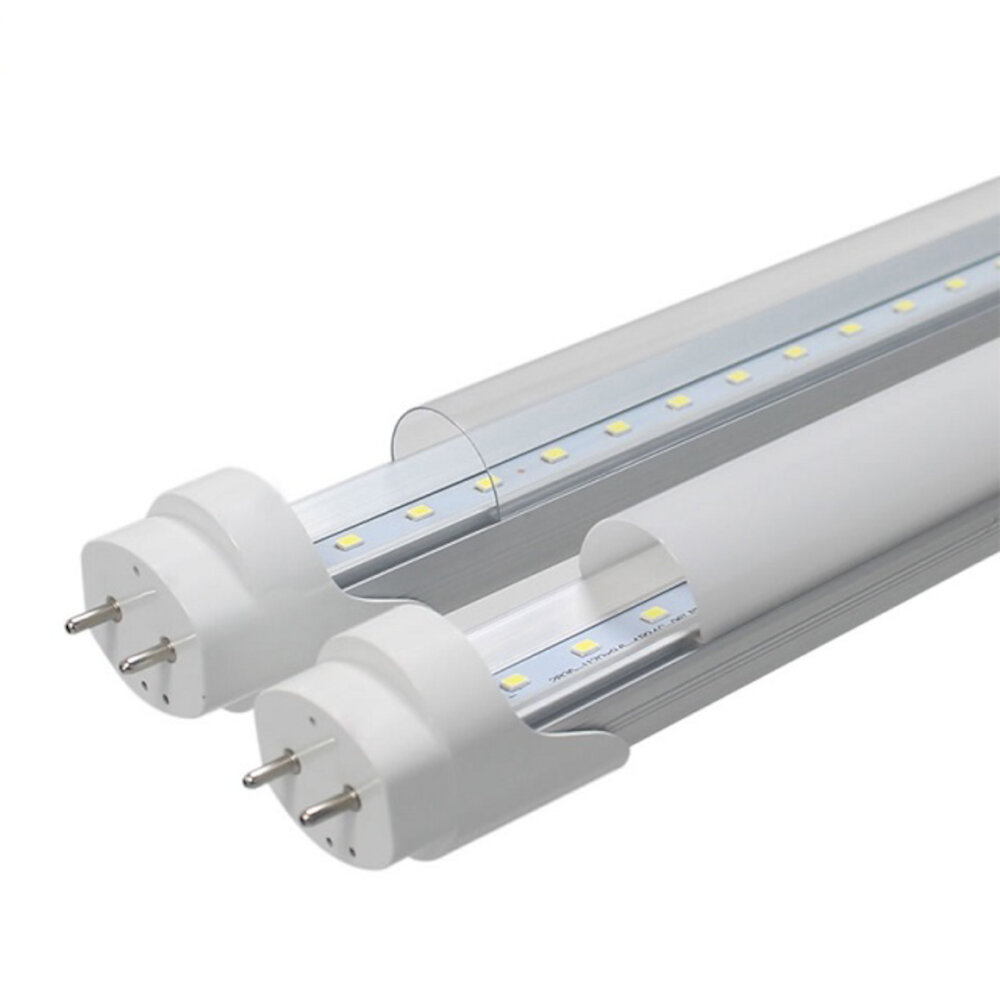
In conclusion, LED light bulbs are a revolutionary technology that provides a long-lasting and energy-efficient lighting solution for homes and businesses. Their lifespan can range from 15,000 to 50,000 hours or more, depending on various factors such as usage, quality, and environment. By choosing high-quality LED bulbs and using them wisely, one can enjoy the benefits of bright and reliable lighting for many years to come while reducing their carbon footprint and energy bills. LED technology continues to evolve and improve, offering even longer lifespans and more advanced features in the future. As such, LED lighting remains a top choice for anyone seeking a sustainable and cost-effective lighting solution.




